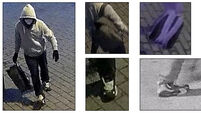King Tut not murdered, says CT scan
The wound could have become infected, Egypt's top archaeologist said yesterday.
Zahi Hawass, secretary general of the Supreme Council of Antiquities, announced the results of the CT scan about two months after it was performed on Tut's mummy.














